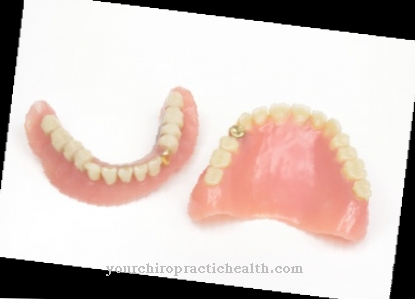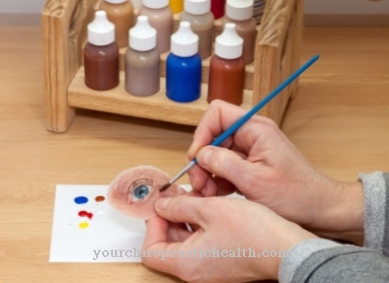The Irrigator is used for dental care and oral hygiene. It works with one or more fine jets of water, the compressive forces of which can gently remove food residues from the spaces between the teeth, but also loose dental plaque and plaques.
However, extended dental care with the oral irrigator does not claim to replace brushing your teeth. However, according to dental knowledge, the oral irrigator, together with the use of dental floss, is an ideal complement to brushing your teeth.
What is the irrigator?

Although the functionality of the oral irrigator has been steadily perfected in recent years, the principle has remained the same. All types of oral irrigators require electricity and a water reservoir to produce one or more fine jets of water for cleaning gums.
Even after thorough toothbrushing, there are often unwanted materials between the fine gaps in the teeth, such as leftover food, which can be removed gently, gently but thoroughly with the help of an oral irrigator. When the water jet hits such food residues, they are immediately blown out and can be rinsed out after use.
The functionality of the oral irrigator has shown that it is also useful for tight spaces between the teeth that are very difficult to reach. These particular bottlenecks can sometimes not be reached even with dental floss.
However, the use of an oral irrigator for cleaning teeth is not absolutely medically necessary, which is why its use is still controversial today. Even among dentists there are both supporters and opponents of its application.
The use of the oral irrigator is considered a wellness treatment. However, it can convey the subjective feeling of a perfect cleaning of teeth and gums.
Shapes, types & types
The oral irrigator was invented in 1962 by the American engineer Mattingly in close collaboration with the dentist Moyer. Today, oral irrigators of various shapes, types and types are common around the world and are produced by many different manufacturers. As a rule, it is a long-lasting product; a service life and application period of several years is normal and desirable by the customer.
Today there are mainly multi-jet models on the market, which are also supposed to fulfill a certain massage function for the gums. In terms of acquisition costs, single-jet models are particularly cheap. A gum massage is only possible to a limited extent. Oscillating models provide additional cleaning potential due to the special preparation of the water jet pressure.
With a so-called subgingival nozzle as an attachment, mouth rinse solution can also be introduced into the gingival pockets. Typical extensions are also attachments for tongue cleaning and nasal rinsing.
You can find your medication here
➔ Toothache medicationStructure & functionality
Oral irrigators work on the principle of vibration and pressure. There has been a long experimentation to find out which water pressure and which number of vibrations is ideal for cleaning interdental spaces and gums.
For this reason, studies were carried out which came to the conclusion that water pressure between 0.7 and 6.3 bar with a number of vibrations of 750 to 1300 per minute must be generated in order to achieve an optimal cleaning effect. Only oral irrigators that meet these criteria are recommended by the German Society for Dental Hygiene for supplementary tooth cleaning.
The combination of pressure and water vibration means that up to a depth of 6 millimeters can be cleaned effectively after brushing your teeth. This makes the irrigator superior to mechanical cleaning options such as interdental brushes or toothpicks.
Since many oral irrigators are equipped with rechargeable batteries for recharging, convenient wireless use is also possible. In addition to the natural teeth, an oral irrigator can of course also be used to clean crowns, braces, bridges or implants.
Medical & health benefits
The greatest avoidable risks of using an oral irrigator are setting the pressure too high, which creates the risk of damaging the gum pockets. In addition, devices that are not cleaned and serviced according to the manufacturer's specifications can become significantly contaminated over time. If micro-injuries to the gums occur when using such a contaminated oral irrigator, germs can be introduced into the bloodstream, which in the worst case can lead to sepsis (blood poisoning) or inflammation of the heart valves.
At the beginning of an application, there may well be slight bleeding gums, but this disappears again after a few weeks of proper use. The main medical benefit of oral irrigators is prophylaxis by reducing the established biofilm on teeth and gums.
By preventing periodontal disease, diabetics in particular benefit from using the oral irrigator. The gums are gently massaged, bad breath is reduced and the bacterial pocket environment is enriched with oxygen, which in turn contributes to oral hygiene.
In terms of dentistry, the oral irrigator is the means of choice for patients with fixed orthodontic appliances.
If there is medical indication, the lukewarm water can also be enriched with additives for use in the oral irrigator. In the case of inflammation, germ-reducing rinsing solutions, for example in the form of chlorhexidine, for supporting periodontal therapy or for effective prevention of implant bed inflammation have proven themselves.

















.jpg)



.jpg)

.jpg)




